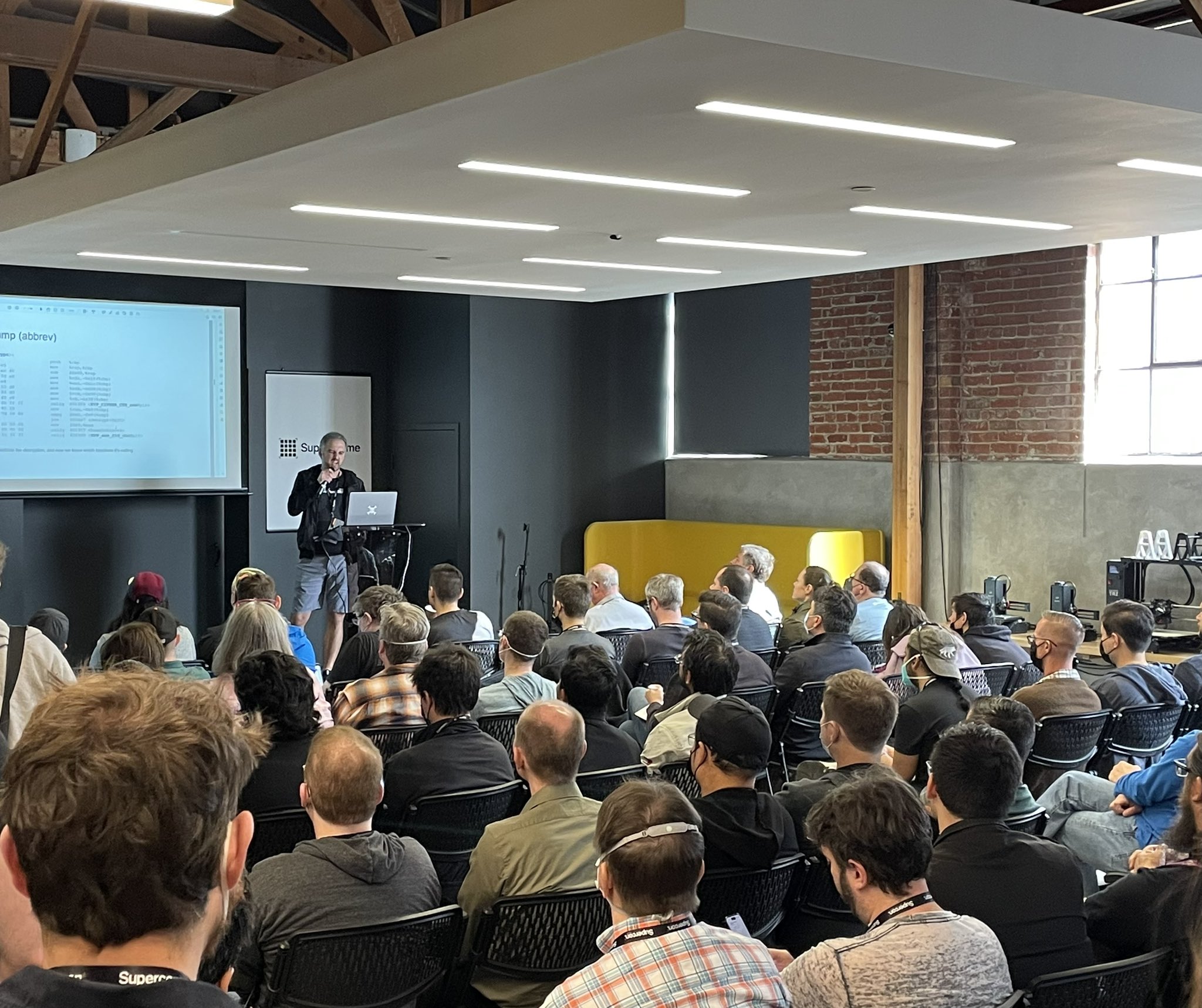I was recently investigating driver issues on my home firewall with Intel network cards, and noticed something that spiked my attention. Intel’s PCI Vendor ID is 0x8086 – which is a nice homage to their glory days.
What did I do next ? I scanned the entire PCI ID database looking for fun and unusual Vendor ID’s, and oh yes, I found some, here they are:
01DE Oxide Computer Company
0777 Ubiquiti Networks, Inc.
0BAE Bachmann electronic GmbH
1000 Broadcom / LSI
1001 Kolter Electronic
1010 Video Logic, Ltd.
1011 Digital Equipment Corporation
1024 Beijing Dajia Internet Information Technology Co.
1100 Jazz Multimedia
1101 Initio Corporation
1110 Powerhouse Systems
1111 Santa Cruz Operation
1337 Third Planet Publishing
2048 Beijing SpaceControl Technology Co.Ltd
5333 S3 Graphics Ltd.
A0A0 AOPEN Inc.
AAAA Adnaco Technology Inc.
ABCD Vadatech Inc.
BDBD Blackmagic Design
C0DE Motorola
CAED Canny Edge
CAFE Chrysalis-ITS
CCCC Catapult Communications
CCEC Curtiss-Wright Controls Embedded Computing
CEBA KEBA AG
DADA Datapath Limited
DEAD Indigita Corporation
DEAF Middle Digital Inc.
EFAB Enfabrica
F5F5 F5 Networks, Inc.
FEDE Fedetec Inc.
8086 Intel Corporation
I’m sure there are a few more that I missed or didn’t notice, these are the ones that looked interesting to me.
In my opinion, the winners are:8086 Intel Corporation
F5F5 F5 Networks, Inc.
5333 S3 Graphics Ltd.
A0A0 AOPEN Inc.
C0DE Motorola
Enjoy :)
